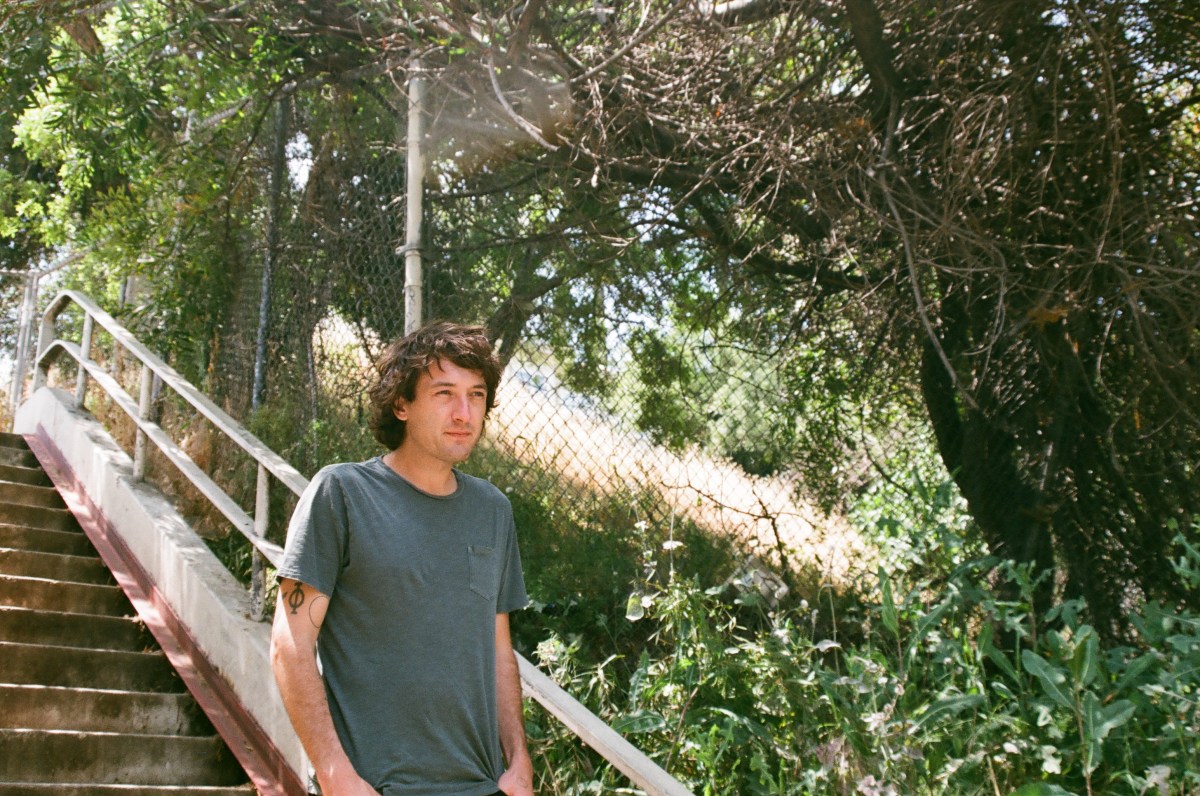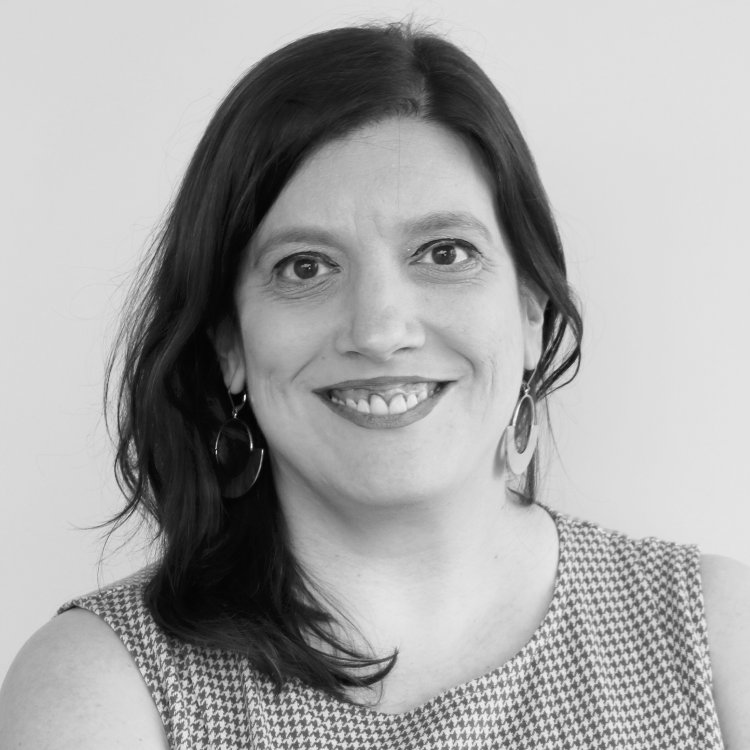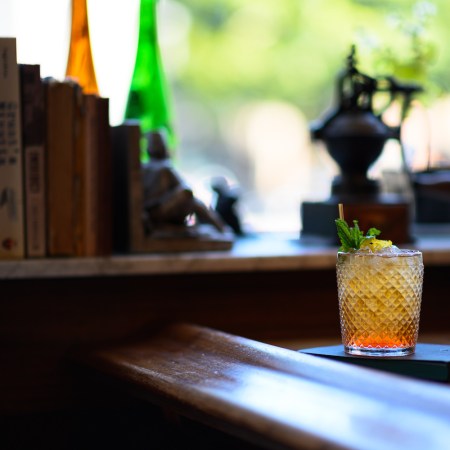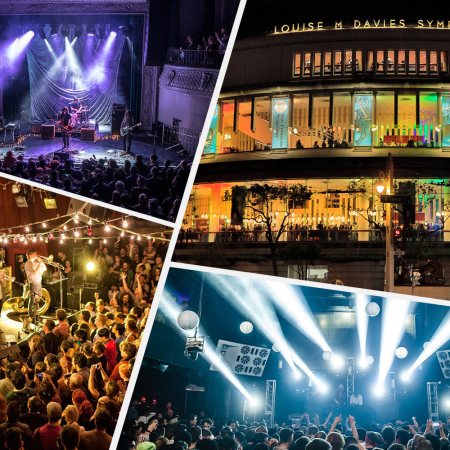For a time in the late-aughts and the first half of this decade, the Bay Area was home to one of the best, most vibrant rock scenes in the country — producing garage heroes like Ty Segall, Thee Oh Sees (known now simply as Oh Sees), Hunx and His Punx, Girls, Shannon and the Clams and Mikal Cronin.
And then it wasn’t.
As San Francisco’s tech industry continued to grow and drive up rent, artists could no longer afford to live in the rapidly gentrifying city, and the scene dispersed. Segall, Cronin and Oh Sees’ John Dwyer fled to L.A., and headlines bemoaning the end of an era immediately began to crop up. “The Strange Is Gone From San Francisco,” a SPIN feature declared in 2016. “Is San Francisco’s Music Scene Dead?” asked another piece. Earlier this year, a documentary called San Francisco’s Dying Music Scene addressed the great migration.
To quote another famous Bay Area native, “Nothing gold can stay.” But the friendships and the healthy sense of collaboration did, and though they were no longer centered around San Francisco, many of the scene’s prominent figures continued to work together. Cronin played saxophone on Thee Oh Sees’ 2014 record Drop and contributed to Segall’s Ty Segall Band (2012), Emotional Mugger (2016), Ty Segall (2017) and Freedom’s Goblin (2018). He plays bass as part of Segall’s Freedom Band alongside frequent collaborators Charles Moothart and Emmett Kelly.
But to get back to his own material and finally pen a follow-up to 2015’s MCIII, he had to get away from it all — from San Francisco, from L.A., from all the friends and bandmates — and spend a month in isolation in a cabin in Idyllwild last summer.
“I went intentionally going there to write and concentrate,” he explains to InsideHook over coffee at Brooklyn’s Rose Wolf. He’s in town for a five-night residency with Segall and the Freedom Band, and though last night’s show ran late, he’s already settled in on a couch with a beverage in hand 15 minutes before we’re scheduled to meet. “It was a dream of mine for a long time, kind of romanticizing the idea of going up to a cabin. I thought about it for a long time and then was on tour and saw a gap in my schedule and thought it sounded great and booked it just to write and concentrate and see what the isolation and intensive focus would be like. And yeah, it was really interesting. It was really productive, but definitely emotionally up and down. I was going crazy, like cabin fever a little bit. But I brought my cat up there too, so that was nice, that helped a little. It was good to talk to someone, talk at something.”
The cabin trip came after “a few years” of writer’s block in which he stayed busy working with Segall and other artists but couldn’t unlock inspiration for his own material. “It was a pretty intense period,” he says. “I was still working and trying to work through ideas, but nothing was really clicking, I guess. It took a while. I just needed to get my head on straight, I guess. And I knew I wanted to go in a slightly different direction with the music and the general vibe than my last three records. I thought it was kind of a good time after like a trilogy of records that thematically worked together. I thought kind of expanding it to something else would be a good idea. It took a while. It took longer than usual. After the creative purge of MCIII, the last record, I knew I wanted to take more time if I needed it, and it turns out I needed it. And the time just flew by.”
“It was very productive once I finally broke through,” he adds. “I guess I had a lot pent up I wanted to talk about or write about.”
And then the fire came. Just as the isolation in Idyllwild was starting to drive him crazy, an arsonist set a blaze that forced him to evacuate. With just enough time for him to pack up his gear and find his cat, Ernie, who had hidden under the bed (“That was the most stressful part,” he says. “That’s when I was sweating bullets, like ‘come on, please help me.’”), his cabin retreat was over — but not before he had already, funnily enough, penned many of the fire-and-rebirth themed tracks that appear on Seeker.
“It was on my brain just because of the surrounding and bigger fires that had happened that year,” he explains. “Like for example the song called ‘Fire’ that’s almost kind of directly referencing that, I wrote a lot of it before I got burned out of Idyllwild. So it was just on my brain. And then I went back and adjusted some lyrics and wrote more about fire on the rest of the record after the experience. But yeah, it was mostly a coincidence, which kind of blew my mind. Waking up in the morning and the sky being orange with smoke and just kind of being like, ‘Of course, yeah, here it is.’ And then it just happened. It was weird.”
But while most of Seeker was written in isolation, it still happens to be Cronin’s most collaborative record yet, as he rounded up as many friends as he could to record live with him (including Segall’s Freedom Band) — something he had never done before with his solo material.
“I usually just recorded most everything by myself, just overdubbing over myself, but it was really working in the in-between years with Ty Segall’s band [where] we did a lot of live recordings together, which is really great,” he says. “It was the first time I had kind of properly done that, and just the energy and the ease, like how much faster it goes if you just put the work in beforehand and rehearse.”
Bringing in the Freedom Band for a new approach to help carry these songs over the finish line was a no-brainer. As Cronin wrote in a statement about the record last month, “We had been touring and playing together for a long run over a few years, so it seemed natural to stick together.”
“The guys were so good, it was like first or second take,” he says now. “I had a lot of material I wanted to record, like a lot more than ended up on the album, and I was intimidated about going into a studio that wasn’t just my really close friend where I’d have to actually like clock the hours, time being money, but it was interesting the juxtaposition. Like I had to step back creatively a tiny bit and be a little more flexible than I usually am with letting the band members do their own thing and make their own musical decisions after listening to my normal demos. But I wanted it different, I wanted to let my talented friends be their talented selves, to expand out and get as many different people in there as possible just to experiment and see where we take the sound. It added a lot. I thought it made the whole thing sound pretty fundamentally different to me.”
There’s probably more than a few fire metaphors that can be applied to the scene Cronin, Segall and many others grew out of — cliched stuff about razing, flickering embers or an eternal creative flame burning inside, about how “San Francisco’s dying music scene” rose from the ashes to live on elsewhere. But ultimately, it’s not dead; it’s just different.
This article appeared in an InsideHook newsletter. Sign up for free to get more on travel, wellness, style, drinking, and culture.
























